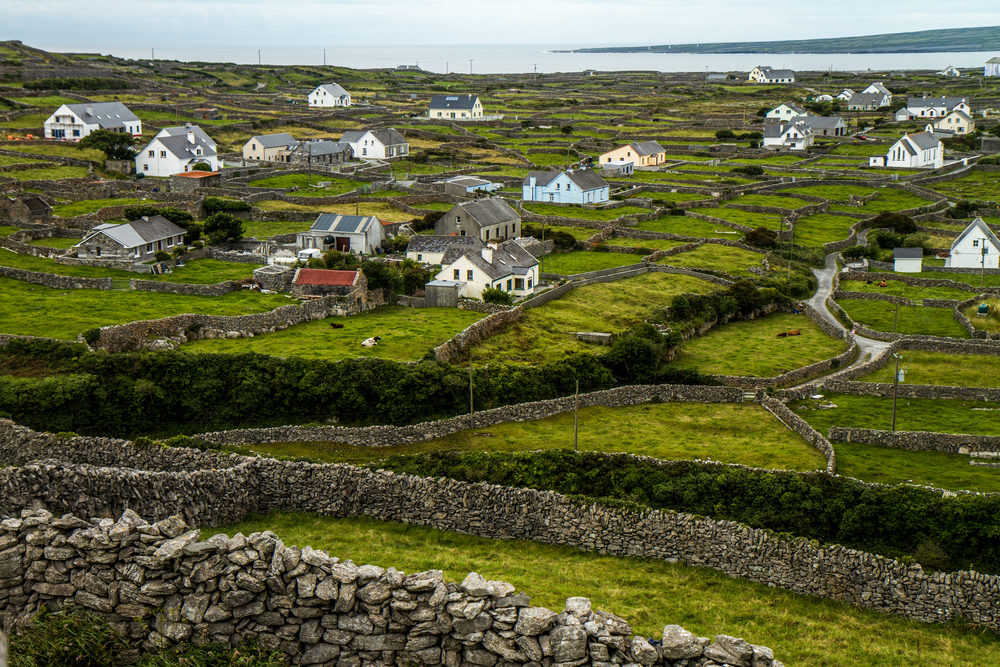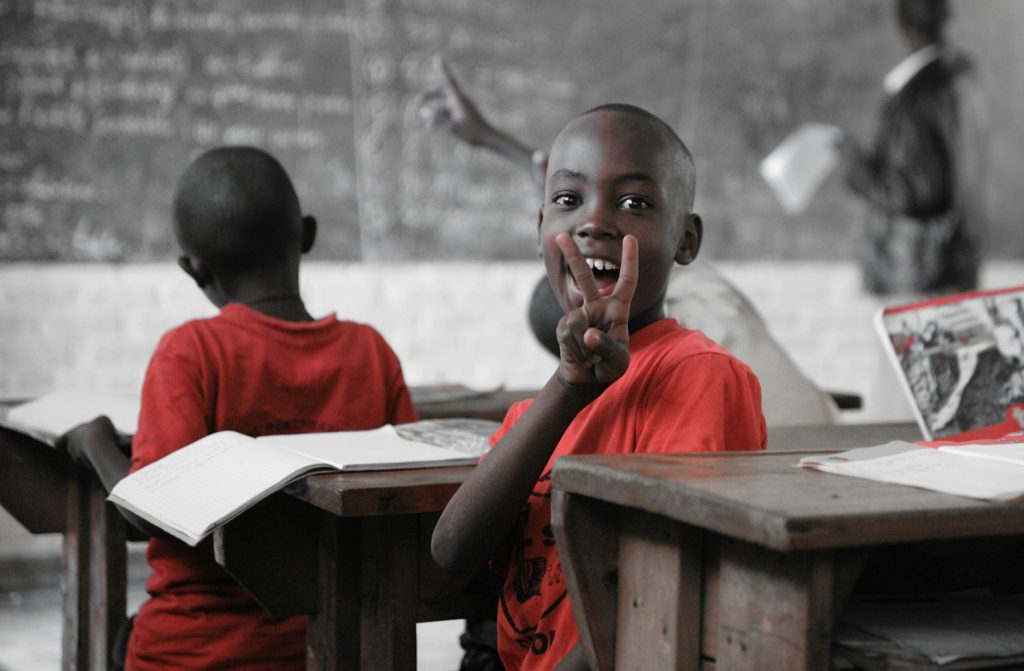Fluency in the Language of Stillness
Over forty years ago, I began the practice of meditation. At the time, it was because my friends were doing the same thing; it was a way of feeling accepted by my peers, thus a very appealing activity. The sense of camaraderie and family became apparent on days off when we would gather, first to meditate and then enjoy a potluck meal. We were held together by the invisible thread of unity in our diversity which included a range of technical dance skills, ethnic backgrounds and language differences. The practice itself formed us into a community even though we did not recognize the transformation occurring. We became kinder, gentler people –giving to the poor, adopting children in other countries through our pooled limited income, preparing dinner for injured company members, and caring for friends in need.

Maybe it is the nature of professional classical ballet companies, from spending so much time together in performance and rehearsals, to cultivate the natural tendencies for love, compassion, and caring. Our tight-knitttedness required living fully into our lives as well as being attuned to everything around us. We became stewards of our beloved dance community, and sensitized to things outside the studio which we had no felt power to change.
Training in the art form of classical ballet is rigorous physically and mentally. An unspoken aspect of our dance community was that we were all expected to be of service to one another whether that required temporary financial assistance, caring for an injured colleague or being present for someone dying. No one told us to behave that way, we just knew at the core of our being that it was something we were expected to do. Naturally, that behavior trickled out to others outside our circle.
Recent observations of our global situation has led me to wonder if meditation is a lost art that needs to be developed on a much larger scale to cultivate imperturbability in chaos, affection in the face of hostility, and humility when confronted with pride and arrogance. We have yet to learn from spiritual leaders like Gandhi, Dorothy Day, Martin Luther King, Jr, Mother Teresa and many others, the true path of nonviolence. Peace and loving-kindness are expansive virtues that settle like a soft blanket of deep love laid over those it touches.
That may sound a bit naïve and I agree that there are policies that need to be implemented, laws enforced to safeguard the innocent, and agencies empowered to protect the environment, hopefully with honorable people guiding their management. But the current anger and hostility expressed over basic human rights demonstrates a clear disconnect between spirit and humanness, a dis-ease that mars so much of society presently.
Not everyone is expected to be on the front lines. Yet, all of us have a responsibility as conscious, breathing, living human beings to work toward the evolution of a good, beautiful and thriving world. We are either speaking truth, acting with dignity, raising others up, or going in another direction.
Maybe the lesson that is lost about ‘sitting in meditation’ is its simplicity. All that is needed is our body, a space to sit and quietness for a short time every day. That is sacred space wherever and whenever it happens. Each time we are attentive to our interior life, and when we come out of our quiescence, we are different and act differently in the world. While meditation may be a solitary act, it prepares one to act in community with formidable power and skill. The purpose of the practice is not to stay inside our four walls, but to move outward with clarity and insight. The experience may seem subtle at first, but over time our behaviors and attitudes change.
Eventually, fluency in the language of stillness becomes a way of life. In the inner sanctum is where we meet God, initially. And later, in community.
In order to regulate our emotional reactionary behavior, we need to strengthen our being with a regular practice that holds meaning, and can be done anywhere. Our power is shifted from our limited self and handed over to a much higher Source that is not dependent on the whims of the human ego.
Even though I have had periods of aridity, lack of motivation and wondering if stillness actually works; my spiritual practice has sustained me as I matured. The practice is essential for me to function with peace, integrity and non-attachment. From that space, I can trust my speech and actions, with a knowing they will have positive effect in due course, since the time of Spirit is distinct from linear time.
As activists, whether on the streets or one-on-one, we should constantly ask ourselves, ‘what matters’? If we answer honestly, the list narrows quickly and we realize that relationships matter a great deal – how we serve and interact with Life – whether in the form of a person, a four-legged creature, or nature. This kind of awareness affects everything we do.
It may seem counterintuitive that something so simple could have such a profound global affect. Yet, just imagine if one billion people with the intention of cultivating world peace and harmony became fluent in the language of stillness.






